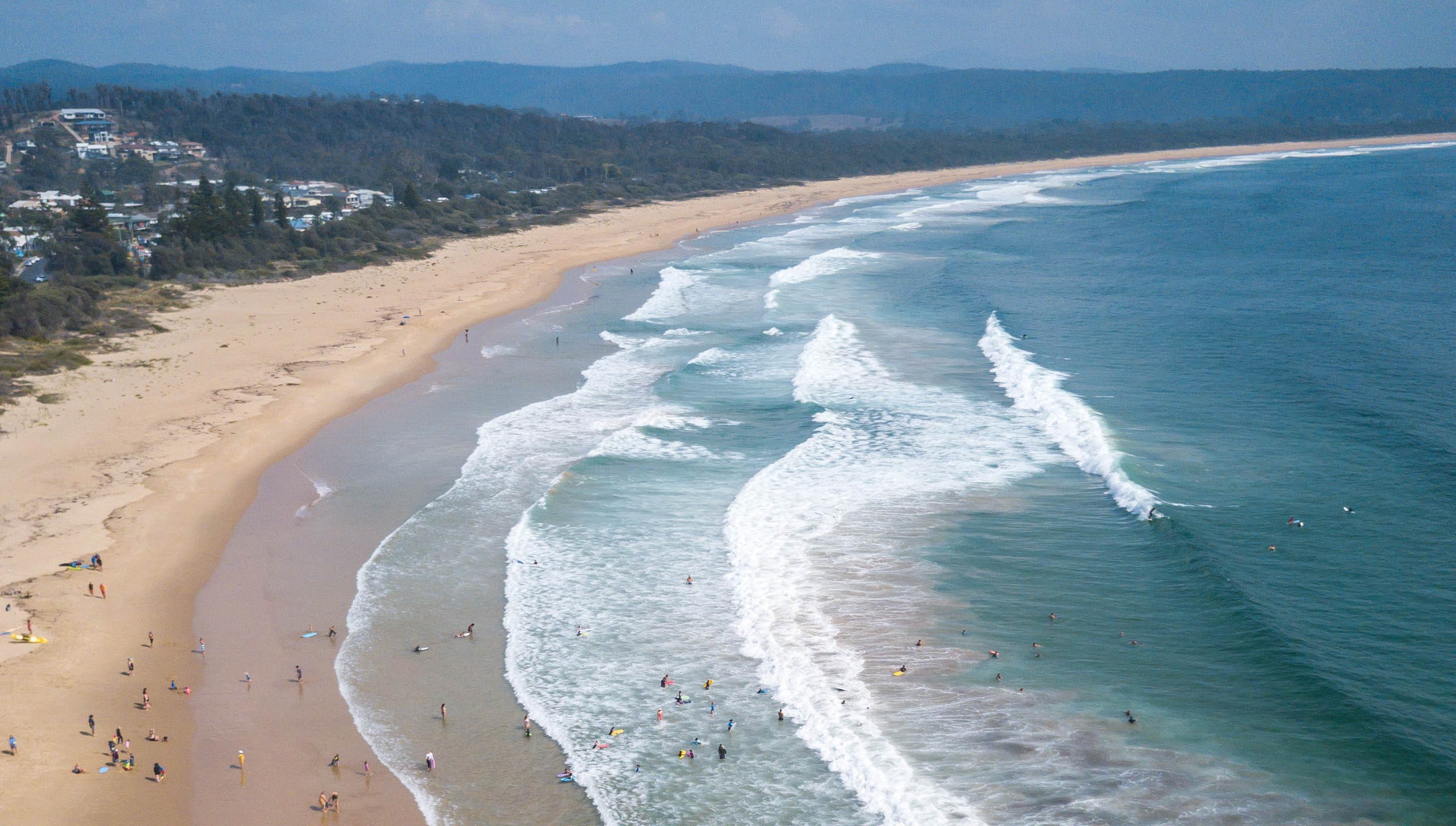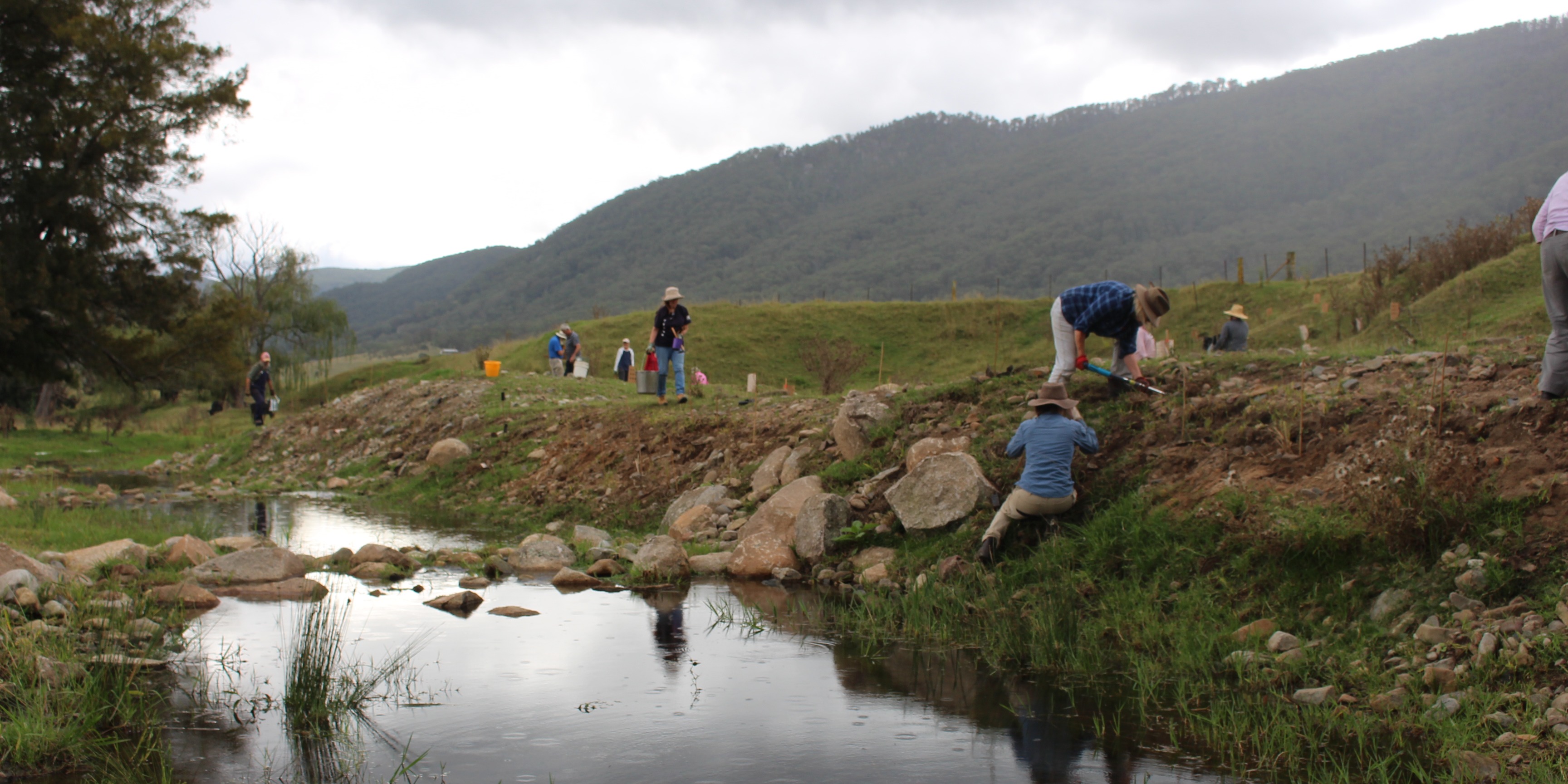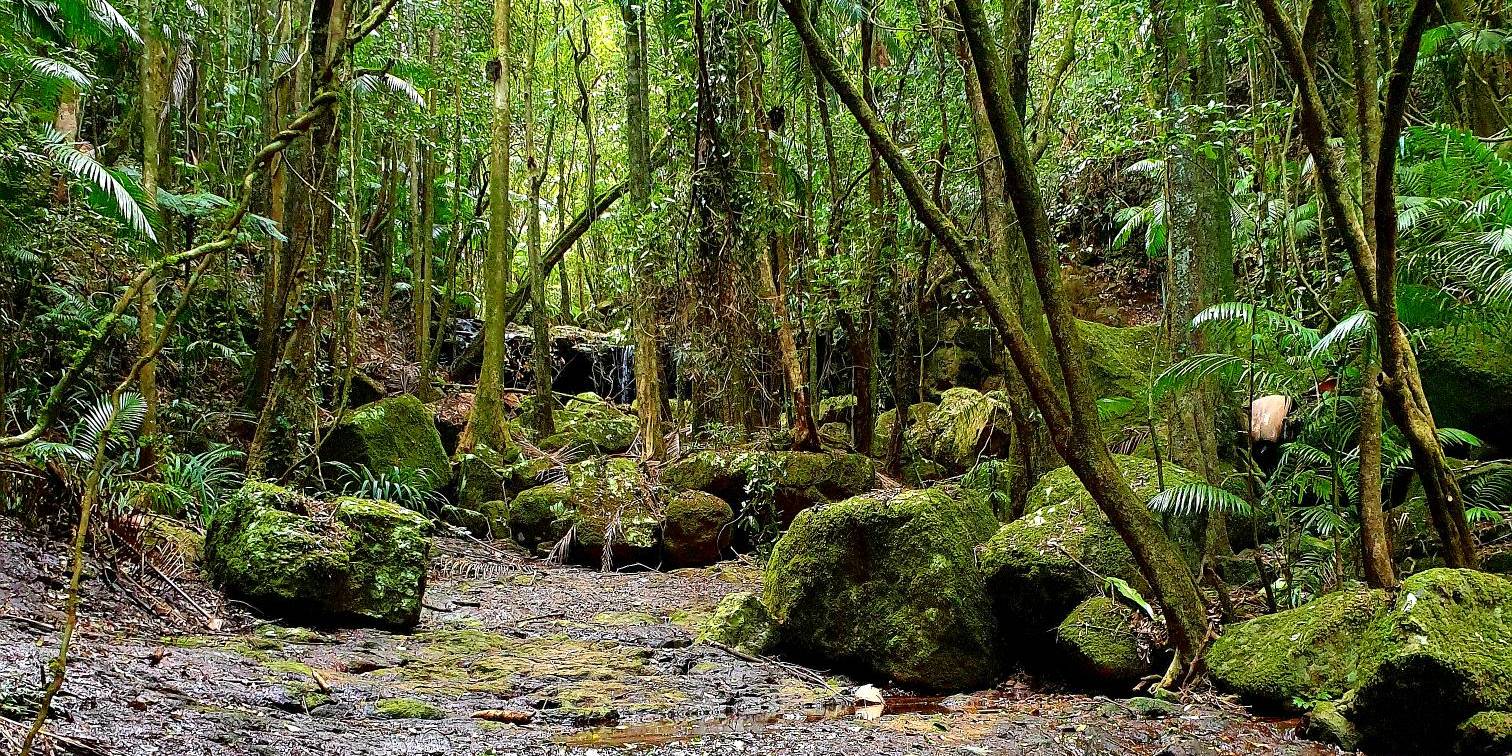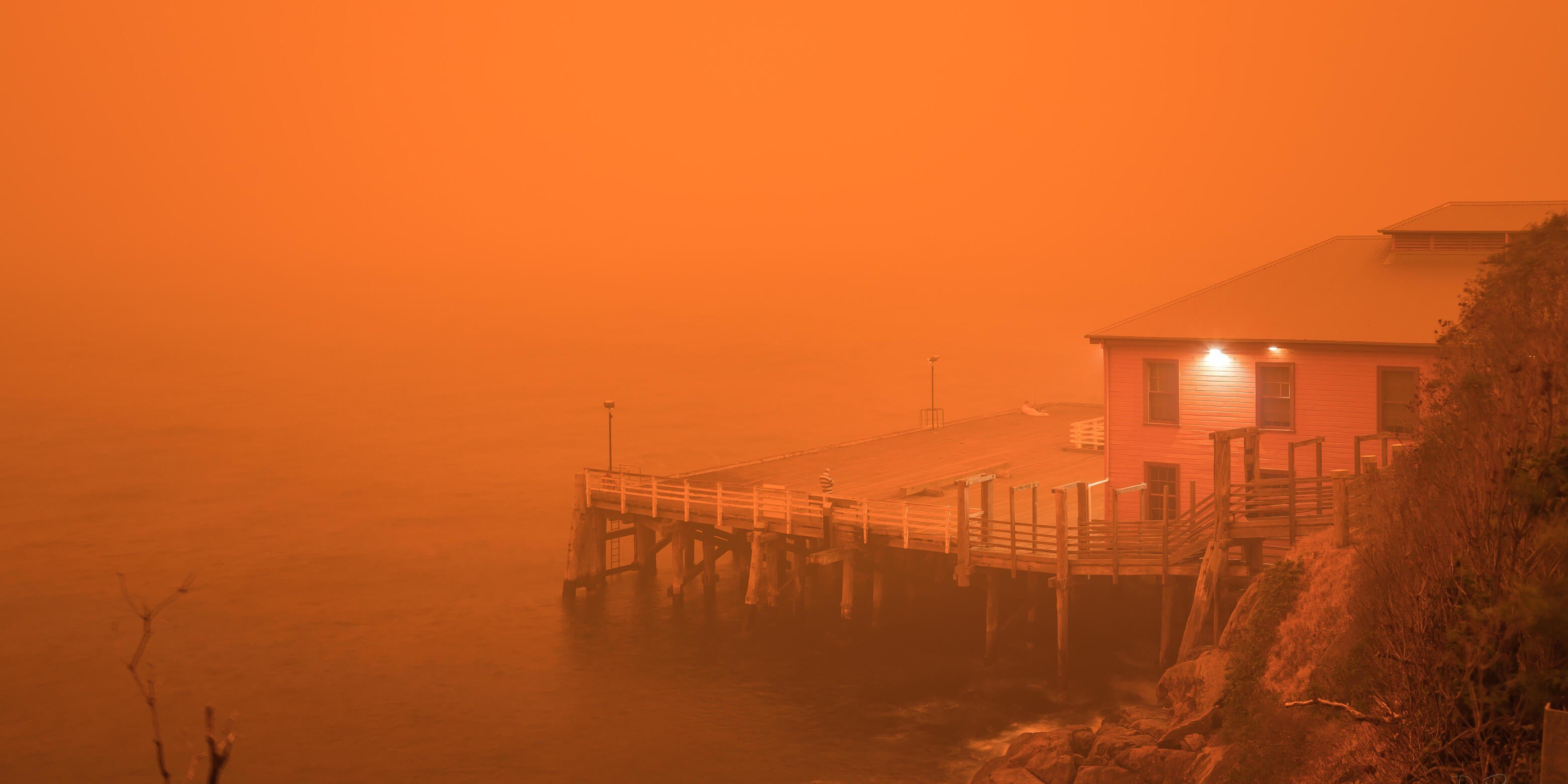About this case study
Bushfires
Business, Community, Local government
Emergency management, education
How the fire-ravaged town of Tathra built resilience against the effects of climate change
When it came to developing the Get Ready Sapphire Coast website, we used the great information from the interviews to develop tools to improve the resilience of our local businesses
- Tathra Sapphire Coast Tourism Resilience Project, Suzette Fullerton
When a bushfire tore through the picturesque coastal region of the Sapphire Coast in March 2018, the community was caught off guard.

The fire began near Tathra just before midday on a sweltering Sunday and was fanned by 70 kilometre an hour winds.
By 5pm it had razed at least 69 homes, damaged dozens of other buildings, and destroyed thousands of acres of forest and farmland.
The Tathra community was devastated. While they combed through the remnants of what remained, the media reported daily from the scene.
For many Australians, the word “Tathra” became synonymous with “bushfire disaster zone”. The first blow to Tathra was the fire itself, but the second blow was the loss of tourists.

The population swells from 1,600 permanent residents to more than 5,000 in peak periods and about 75% of the local businesses provide or support tourism services, according to the Tathra Chamber of Commerce.
Even if those businesses hadn’t suffered directly from the flames, they suffered economically from cancelled bookings and a lack of visitors.
The March 2018 fire was one of three major bushfire disasters in the NSW South Eastern region in the past two years.
In August of the same year, the Yankees Gap fire burned through the bush for 44 days at Bemboka, inland from Tathra.
Then in Summer 2019/20, lives were threatened and more than 400 homes were destroyed in the bushfires that ravaged the Bega Valley District.
NSW Environment Minister Matt Kean noted in 2019 that the increase in the number and intensity of bushfires was directly linked to climate change.
The bushfires in recent years have highlighted a key climate change vulnerability for the NSW South Eastern region: the peak tourism periods, which the local economy relies so heavily upon, coincides with the bushfire season.
After the Tathra bushfire in March 2018, the community came together to assess what they had survived and developed a strategy to be better prepared for future disasters.
Local resident Mark Darby initiated the project and wrote a grant proposal, which went onto secure funding from the NSW Government and the Bega Valley Shire Council.
“The number one goal was to develop an ongoing information resource which captured the essence of our learning,” Mr Darby said.
“It was also important to be able to share our experience with other small towns in the region, so they could also plan better without having to go through a disaster themselves.”
Mr Darby worked with the project manager of the Tathra Sapphire Coast Tourism Resilience Project, Suzette Fullerton, to interview local community members and business owners to gain insights into their unique experiences.
“We found almost half our businesses didn’t have an emergency management plan, 76% didn’t conduct emergency evacuation drills and 76% also didn’t have business continuity plans,” Ms Fullerton said.
The Get Ready Sapphire Coast website is helping business owners and community members prepare for and adapt to the effects of a changing climate. It is a free resource that offers information about how to prepare for a variety of disasters.
Under the three categories of “prepare”, “respond” and “recover”, the easy to use website features content including an emergency management plan template, information about insurance, guidance on how to communicate during a crisis and how to get back to business once the threat has passed.
It was really important that this website is simple to navigate so people of all abilities could use it, and that the information is succinct and relevant.
- Amanda Heather from Sapphire Coast
Destination Marketing
“We created a website, rather than printed material because we can update it regularly – and we do. All the information is relevant today.”
The Tathra Sapphire Coast Tourism Resilience Project won the NSW business category of the Resilient Australian Awards in 2019.
This project was funded under the Joint State and Commonwealth Natural Disaster Resilience Program.
Case studies


The importance of the land to wellbeing cannot be understated, which is why strategies to combat and manage the impacts of climate change are crucial. Aboriginal people have been using generational knowledge of land and sea management in response to changing climates over thousands of years.

The NSW Government has created the first holistic adaptation plan to protect a World Heritage rainforest from climate change impacts – and now ground-breaking genetic science is giving some rare and threatened species a helping hand to adapt and evolve.
